Straight to your inbox
Get the best email and digital marketing content delivered.
Join 250,000 in-the-know marketers and get the latest marketing tips, tactics, and news right in your inbox.
SubscribeMarketers love efficiency—so email automation makes us happier than conversions on a drip campaign at the bottom of the funnel.
If you’re just getting started with email automation, get excited: It’s an easy-to-use, fun-filled world of marketing joy. But no need to go it alone. We’ve put together a quick-start guide of best practices to help you achieve email automation awesomeness.
As opposed to email newsletters and one-off campaigns that you create and send to a whole list of people in one go, an automated email campaign is set up once and then automatically sent to a particular individual when that person meets a certain trigger.
For example, let’s say you’d like to send an email to somebody when they sign up for an account on your site. This email would welcome them to your brand and show them how to get started. You might provide links to popular resources or offer a discount code for a first purchase.
It would be really time-consuming to manually create and send an email campaign to every person when they sign up; so instead, you set up an automated welcome email that gets sent whenever a new person joins your list.
That’s the beauty of email automation: You set up the email once, and as people meet the trigger you defined, the email will send without any additional effort on your part. It essentially “automates” your email marketing for you. Score!
Marketers who take advantage of automation—which includes everything from cart abandonment programs to birthday emails—have seen conversion rates as high as 50%.
While newsletters and one-off campaigns will always have their place in any email marketing strategy, savvy companies are using automated email campaigns that trigger off of a user’s actions (or inactions).
Why? Because these emails are timely, personalized, and hyper-relevant to the reader. As a result, they’re opened more frequently and drive more visits and revenue for your business.
In 2008, 40% of brands sent a welcome message to their new subscribers. Today 80% of brands send this type of message.
Why use automation?
Experienced marketers know the first step in any good campaign is creating a blueprint for success. In this case, you’ll need a plan to guide your automation campaign.
The power of automation lies in using the right data to automate the process—so first you’ll need to figure out what data you have to equate customer actions with relevant emails.
For example, you could automate:
These rules and triggers are the foundation for creating a campaign that works. So having a plan for which data to use, where it comes from, and how it gets into your email marketing automation system is critical.
There are three basic types of email service providers: freemium, mid-tier, and enterprise. But which is right for you?
Evaluate which type of email service provider can power your email automation and best meets your needs and budget.

Freemium (free + premium) tools provide free versions with basic functionality in hopes of future upgrades.
While a free tool seems appealing, keep in mind that most aren’t set up to offer robust customer support if needed.

If you want killer campaigns and analytics, try a mid-tier email service provider.
Campaign Monitor, for example, offers flexibility, deliverability, and advanced functionality, all at a reasonable cost. Best of all—since email marketing is about building relationships—mid-tier email service providers scale as you grow.
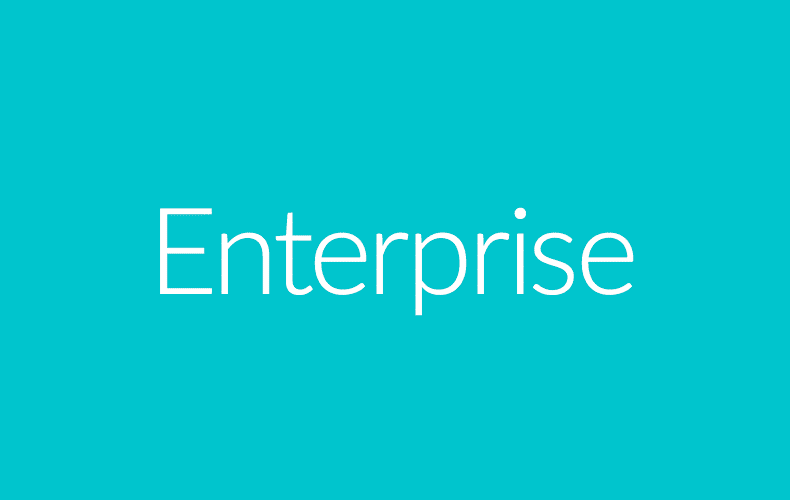
Some providers offer all-in-one solutions with tons of advanced functionality.
This may sound attractive, but keep in mind that if you don’t use those premium features, you could be throwing good money away. Choosing the right tool keeps your costs low and returns high.
Once you’ve selected a system to power your email automation, set up the automated email messages you want to send your subscribers.
Campaign Monitor makes it super simple to set up automated workflows for your emails.
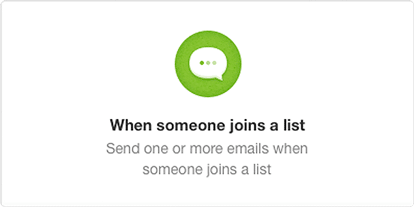
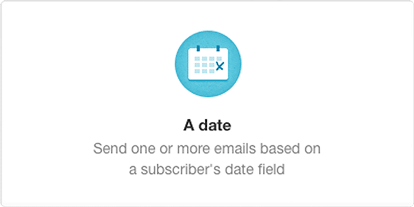
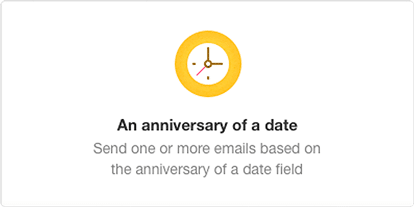
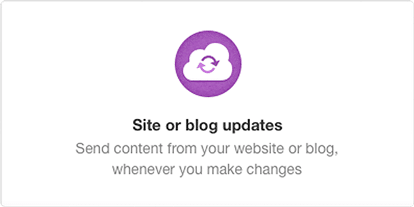
Activity and lifecycle-based triggers produce 22% of total email marketing revenue.
The last step—which is ongoing— is testing and refining your efforts.
Most email marketing tools give you comprehensive data on email-related metrics (like opens and clicks). Some, like Campaign Monitor, provide a real-time world map of people engaging with your email.
To get even deeper insights to measure and optimize the results of your automated email, you need to go beyond these metrics and look at the fundamental numbers that matter to your business—things like visits, customers, and revenue. We have a free Google Analytics integration that you can use to measure the effectiveness of your email marketing campaigns at a glance.
Once you know what success looks like, you can refine and continually improve your email marketing to an exact science.
Drive results without having to spend time continuously working on them. To learn more, grab our free Guide to Email Marketing Automation and continue your email automation awesomeness.
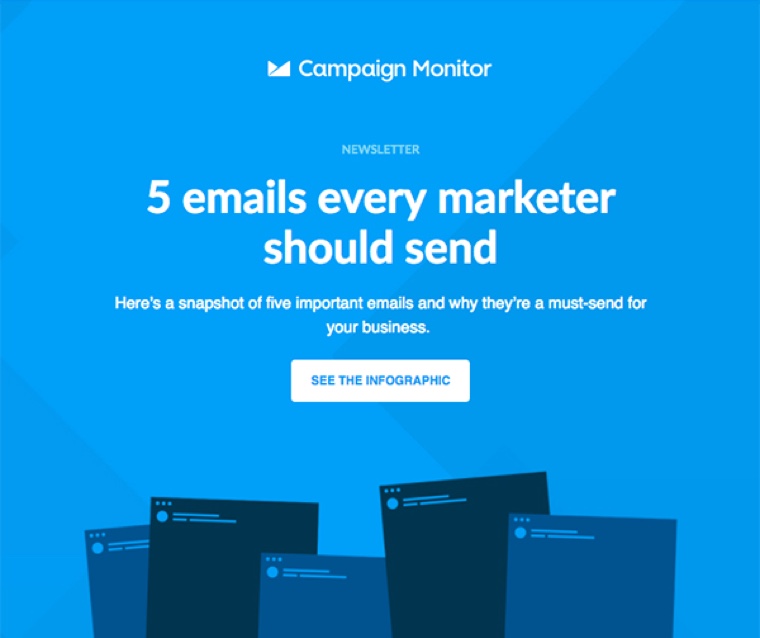
Join 250,000 in-the-know marketers and get the latest marketing tips, tactics, and news right in your inbox.
SubscribeWith our powerful yet easy-to-use tools, it's never been easier to make an impact with email marketing.
Try it for free